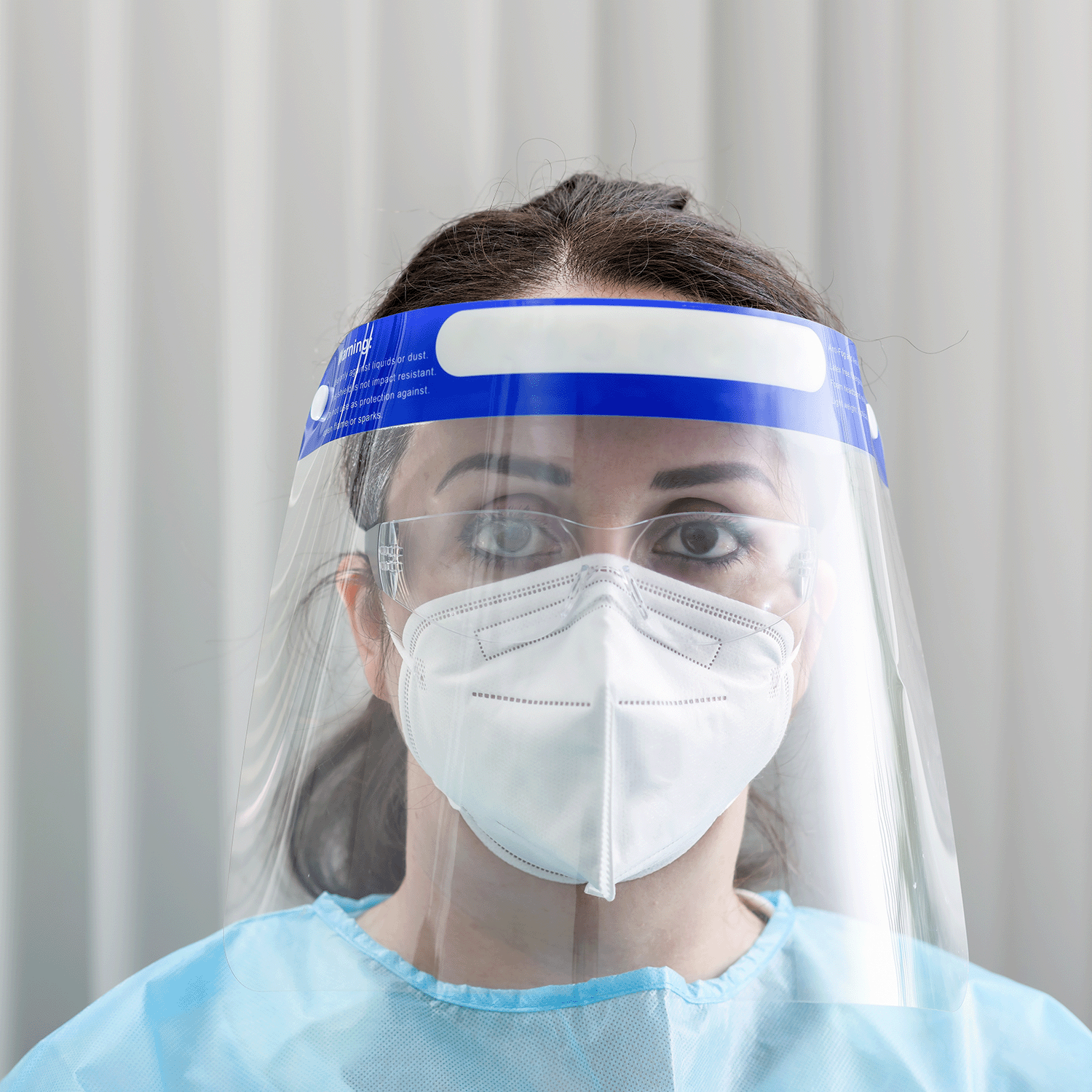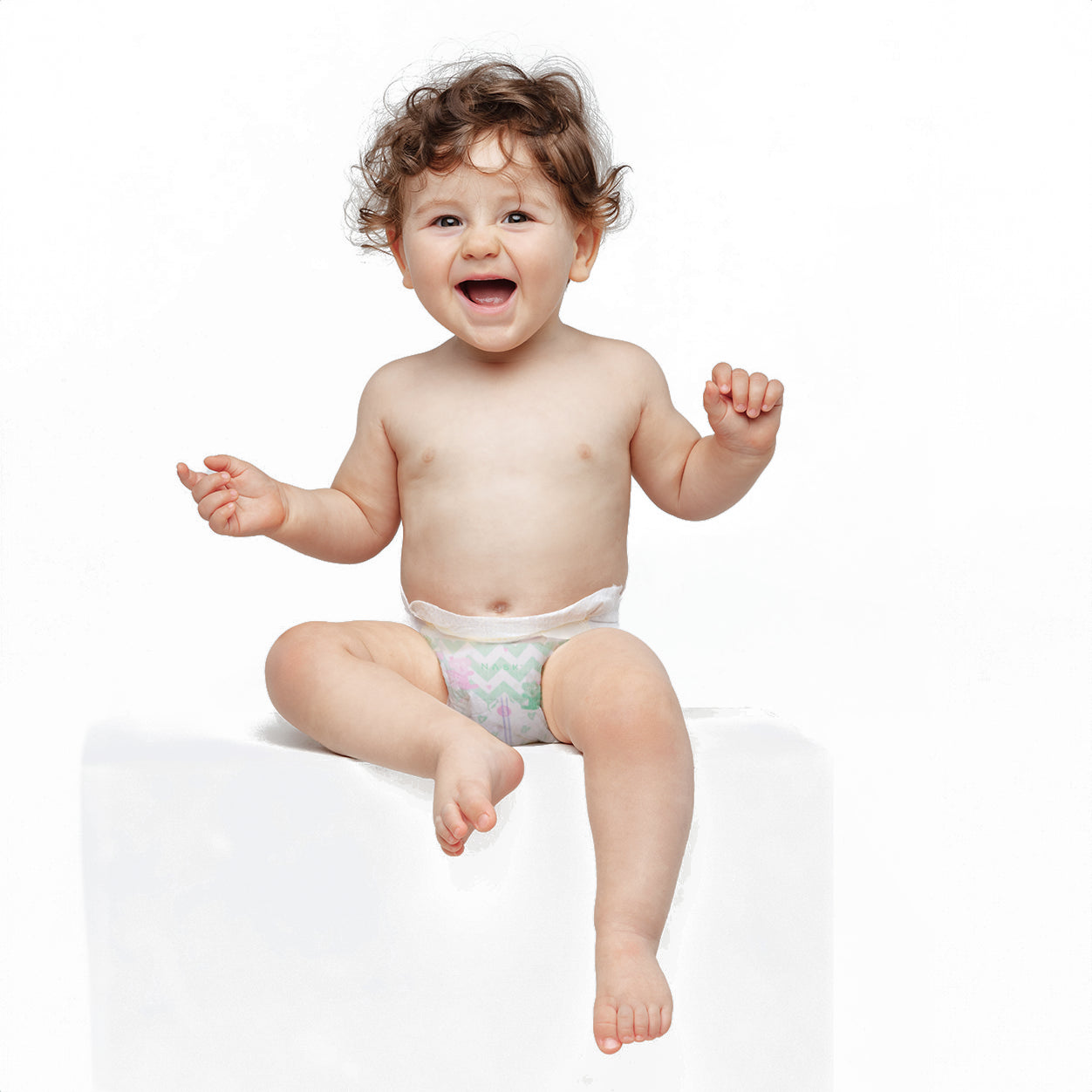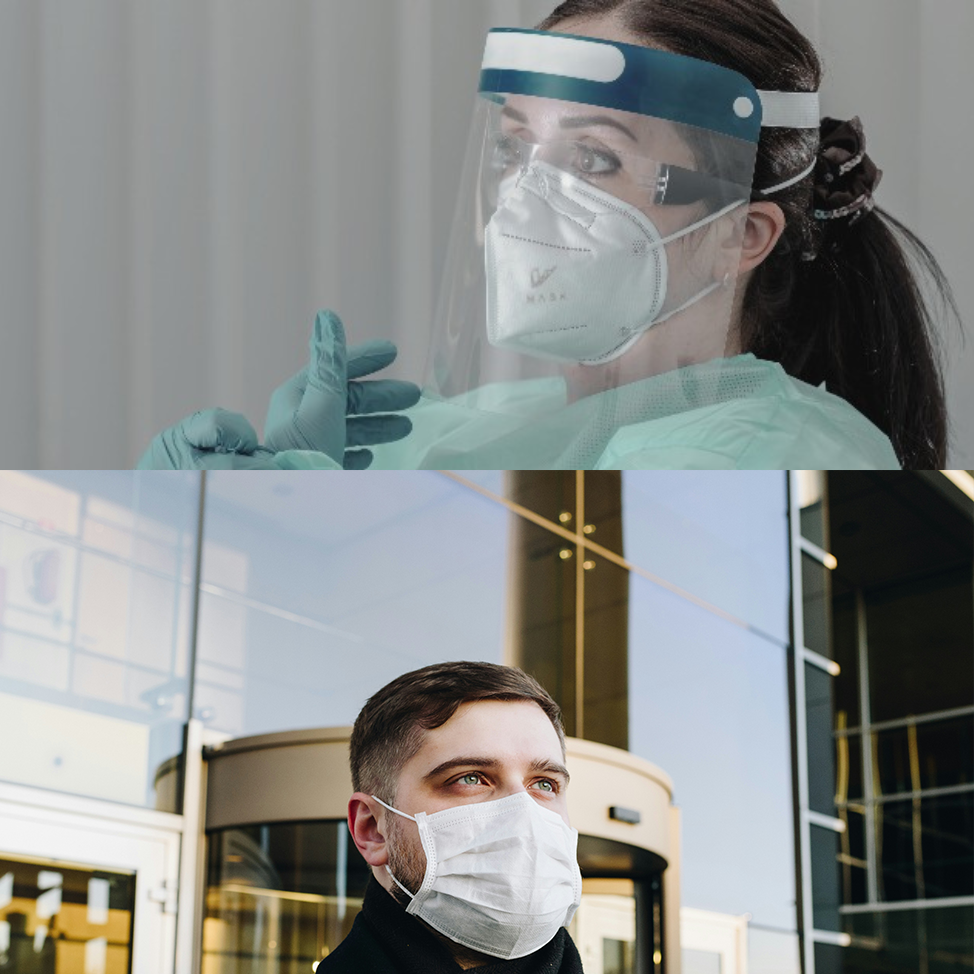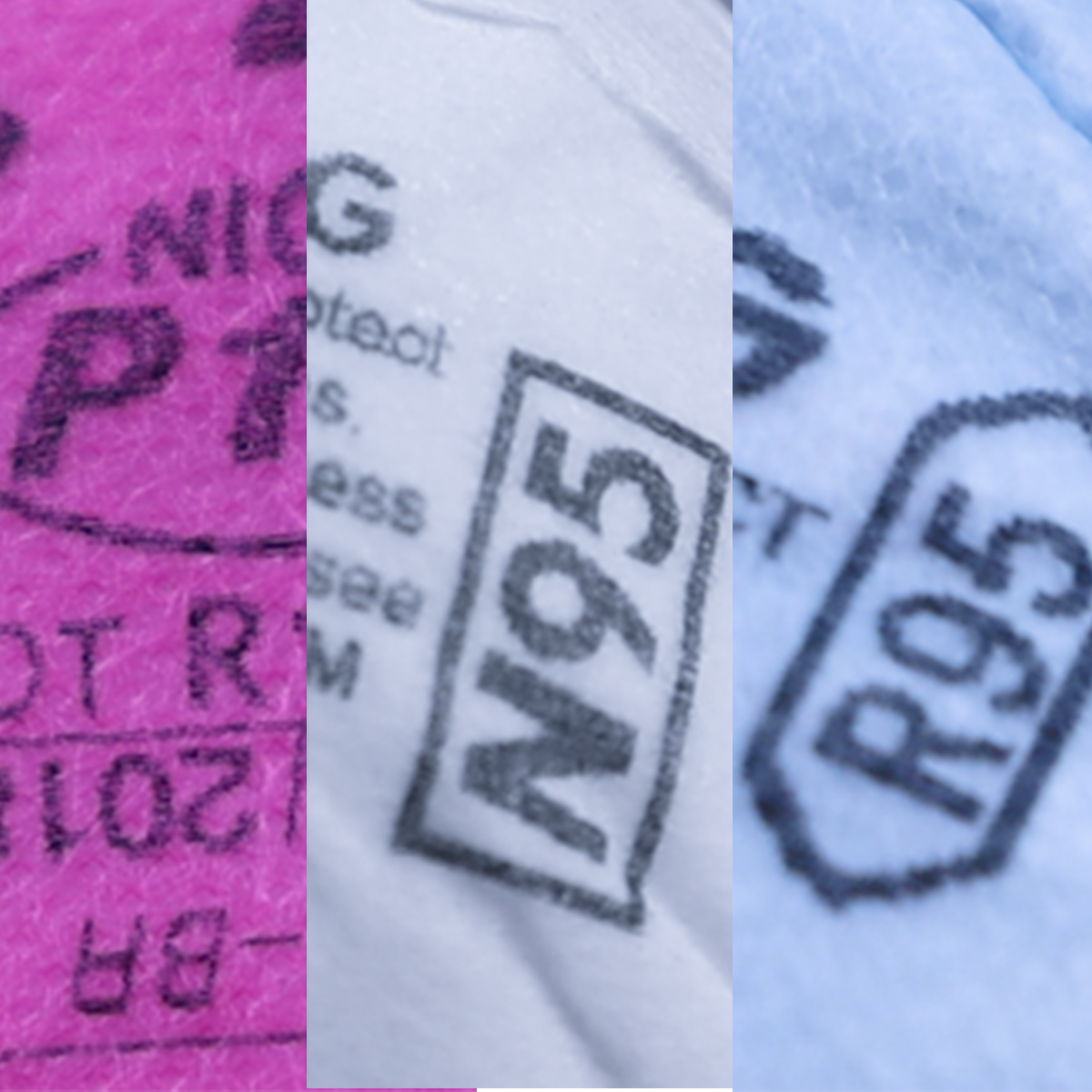
Everything You Need To Know About N95 Respirators
The N95 respirator is a high-performance personal protective equipment, mainly used to prevent the spread of airborne diseases. Initially, it was primarily used by professional medical staff. Since the COVID-19 pandemic, N95 respirators have become more widely known to the public. This article will introduce the relevant information about N95 respirators to help users make informed choices while purchasing respirators.
NIOSH Certification
N95 respirators must undergo strict certification by the National Institute for Occupational Safety and Health (NIOSH) in the United States. The certification standards include filtration efficiency, breathing resistance, and fit test. The "N95" designation is derived from the filtration efficiency criteria: able to filter out at least 95% of 0.3 micron or smaller particles.
NIOSH requires that the inhalation resistance of N95 respirators not exceed 343 Pa (35 mm H2O) to ensure that users do not experience excessive breathing difficulty during inhalation. The exhalation resistance should not exceed 245 Pa (25 mm H2O) to help prevent the accumulation of carbon dioxide and improve the user's comfort.
N95 respirators must be able to form a good seal during usage, preventing the ingress of unfiltered air. Users must perform seal checks and follow the user instruction to ensure the best protection.
HappynCare kindly prepared a video tutorial on how to wear NASK nanofiber N95 respirators:
How Effective are N95 Respirators in Preventing Infections?
The size of viruses, including the one that causes COVID-19, is generally around 0.125 microns. Viruses primarily spread through respiratory droplets in the air. The average size of cough droplets is approximately 8.35 microns. The ability of N95 respirators to effectively filter at least 95% of fine suspended particles can significantly block virus-carrying droplets, protecting the user.
Additionally, the tight-fitting nature of N95 respirators can prevent droplets from entering through gaps and infecting the user. Therefore, N95 respirators is highly effective in preventing various viral infections, including COVID-19.
When Should N95 Respirators be Changed?
Increased Breathing Resistance
If the user experiences noticeably difficult breathing, the respirator has accumulated a large amount of particulate matter and needs to be changed. Excessive breathing resistance can affect the user's comfort and safety.
Traditionally, manufacturers of N95 respirators add extra layers to physically block obstacles in order to ensure filtration efficiency. Accumulated obstacles gradually block air flow, which results in increased breathing resistance. NASK nanofiber N95 respirator adopts patented technology, which can tear apart bacteria, balancing well between protection and breathability.
Appearance Damage
If the respirator is damaged, deformed, or visibly contaminated, it should be abandoned immediately. A damaged respirator cannot ensure a good seal and effective filtration.
Contact with Contaminants
If the respirator is contaminated with blood, bodily fluids, or other harmful substances, it should be discarded and replaced immediately. Contaminated respirators can become a source of cross-contamination.
Contact with Hazardous Substances
If the respirator comes into contact with chemicals, radioactive materials, or other dangerous substances, it should also be changed. Such contamination may reduce the filtration effectiveness of the respirator.
N95 vs. KN95
N95 respirators are certified according to the standards set by the NIOSH in the United States and are primarily used in highly risky medical environments. KN95 respirators are the Chinese variant, certified according to the GB2626-2006 standard in China, with relatively lax quality control. KN95 respirators are inferior to N95 respirators in both quality and efficiency, but they are relatively more affordable and can meet the needs of daily life. Users can choose the appropriate respirator based on their specific needs and environmental risk.







Leave a comment
This site is protected by hCaptcha and the hCaptcha Privacy Policy and Terms of Service apply.